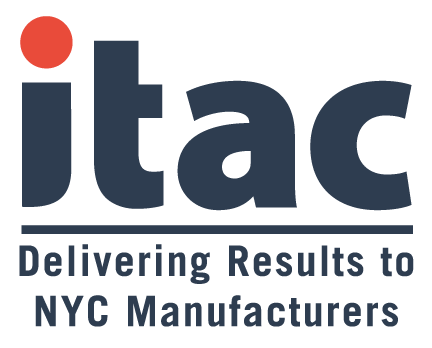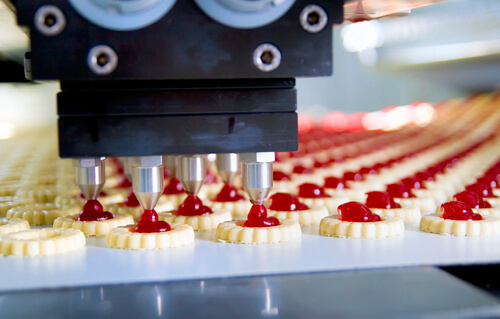How One Small Manufacturer Increased Production with Lean – “I’m worried our custom processes won’t translate easily to Lean.” As a Continuous Improvement and Lean Project Manager for Polaris MEP, the Rhode Island division of the MEP National Network™, I hear comments like this all the time from small- and medium-sized manufacturers (SMM) who are hesitant to implement Lean tools.
But here’s where this argument falls flat when it comes to Lean: When you take time to find out what’s really going on with your operating process, you’re going to find it takes less work than you think to change it. One person can’t change your process. But when your entire team works together, you can remove the obstacles getting in the way of your goals.
To illustrate my point, here’s one manufacturer’s experience.
A Journey to Continuous Improvement
To meet holiday season demand, Wright’s Dairy Farm & Bakery needed to increase their daily output of cakes of various sizes and flavors to 93.
As I guided the cake and pastry prep team through an internal inspection of their department, I told them, “You’re going to have to do your jobs in a different way to get a different outcome. Let’s try a new operating process. If it doesn’t work, we can always go back to the old process.”
Using the 8 Wastes method, we identified “downtime” issues that limited production, including:
- Defects that caused motion waste — extra filling had to be scraped off uneven cakes
- Overproduction of cakes that caused waste downstream — workers could not keep up with overflow
- Waiting waste -— workers were idle while waiting on materials, like cake racks
Now the team began to visualize areas for improvement. As the great philosopher G.I. Joe says, “Now we know! And knowing is half the battle.”
Removing Obstacles to Operational Goals
Waste violates the four rules of a successful operational process:
- Content: Are we preparing pastries, shortcakes or custom ordered cakes?
- Sequence: Are we all working on one style and does each person know their duties for this particular process?
- Timing: Can I spend 10 minutes or one hour filling cakes? It was determined in the content.
- Outcome: Is it a good or bad pastry? How do I know? It was determined in the sequence.
While uncovering waste, we discovered a non-utilized third person in cake prep. Only two people were needed, once all the materials they needed to produce the cakes were in that area (Point-Of-Use-Storage). Next, we addressed timing and sequence to ensure every worker knew what was coming to them and when. We documented obstacles that prevented product from flowing along a simple, specified path.
Now the team was ready to use Lean tools to improve their operational process.
On Route to Lean Production Growth
The cake and prep team documented waste items in an “obstacles parking lot.” They identified motion wastes and discovered they could put their spatulas and spoons on holsters or on the filling buckets. They made sure employees were not throwing away trash or moving racks when they were supposed to be making cakes. They now prep cakes as a surgeon or pilot does: focused, standardized, and working smoothly in the right place, performing only value-added steps.
We also applied 5S (sort, set, shine, standardize, sustain) to ensure the team set everything they needed in the cake prep area for uninterrupted process flow. We used a stopwatch app to remove and replace items until we improved the process. As we encountered obstacles, we storyboarded them one by one.
Using Lean morning meetings, the team determined how many racks they needed to produce 75 cakes. They figured out how much parchment paper was needed and if they had the right filling. Single point lessons (SPL) were utilized to ensure defect-free cakes by clearly communicating the expectations of a process. Each SPL included red, thumbs-down images for “bad” pastry and green, thumbs-up images for quality pastry.
After a couple of weeks of applying these Lean tools, the team reached a daily production of 75 cakes and began asking, “What do we have to do to reach over 90 cakes a day?”
Two departments thus far at Wright’s Dairy Farm have learned to encourage all workers to participate and make suggestions to improve the business processes, where every day they ask themselves, “What can we do in five minutes a day to clear our obstacles?”
Every employee in cake and pastry prep at Wright’s Dairy now realizes that Continuous Improvement isn’t a marathon that has to be run in a day. It’s a collective, daily journey.
Lean Support from the MEP National Network
The Wright’s Dairy Continuous Improvement journey began with the Polaris MEP Center in Rhode Island. I advise every small or medium-sized manufacturer looking to make similar improvements to reach out to their state MEP Center for Lean tools and expertise. For NYC area, reach out to the MEP Center – ITAC. If you’re a small business facing process challenges, you’re not alone. There’s someone in the MEP National Network who has been there.
Polaris MEP Project Manager Nathan A. Bonds has 25 years of manufacturing experience as an Assembler, Supervisor, Area Manager, Coordinator, Engineer, Continuous Improvement Manager and Quality Manager, Coach, and “Encourapreneur.” He has implemented significant improvements in over nine different industries, including jewelry, machine shops, farms, medical facilities, paint facilities, and one-on-one strategic implementations with entrepreneurs.
The insight is from IndustryWeek.com. You can read the full article by clicking here.






